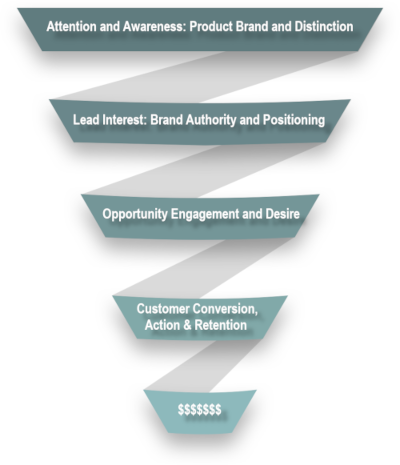
Some Facts and Figures
Current State of SaaS Churn (2025)
SaaS churn remains a critical metric, with industry averages at 5.2% monthly for SMB-focused platforms and 1.8% for enterprise solutions (ProfitWell, 2025). Key trends:
– Revenue churn: 8.3% median for companies under $10M ARR
– Voluntary churn (customer choice) accounts for 68% of losses
– Involuntary churn (payment failures) rose to 32% due to economic pressures
Cost Analysis
1. Customer Acquisition Cost (CAC)
| Segment | Median CAC | Payback Period |
|---|---|---|
| SMB SaaS | $1,200 | 14 months |
| Mid-Market SaaS | $8,500 | 11 months |
| Enterprise SaaS | $32,000 | 9 months |
Source: SaaS Capital Benchmarks (Q2 2025)
2. Cost of Losing Customers
- Revenue Impact: A 5% churn rate requires 16% growth to compensate
- LTV Damage: Reducing churn from 5% to 3% boosts LTV by 40%
- Hidden Costs:
- $0.10 lost revenue per $1 of churn (support/onboarding waste)
- 5x higher CAC to replace enterprise customers
Churn Drivers
Primary Factors Leading to Churn
| Factor | Impact (%) | Mitigation Strategy |
|---|---|---|
| Poor onboarding | 42% | Automated success paths |
| Feature gaps | 31% | Roadmap transparency |
| Pricing mismatch | 23% | Tiered flexibility |
| Competitor poaching | 18% | Usage-based discounts |
| Payment failures | 26% | Dunning automation |
Visualizing the Impact
Churn vs. Growth Equilibrium
Revenue Stability Threshold:
| Churn Rate | Required Growth Rate |
|---|---|
| 3% | 9% |
| 5% | 16% |
| 7% | 25% |
Equation: Growth Rate = Churn Rate × 3.2 (SaaS Rule of 40)
Churn Cost Multiplier
| ARR | 1% Churn = Annual Loss |
|---|---|
| $1M | $10,000 |
| $10M | $100,000 |
| $100M | $1,000,000 |
Critical Insight: Companies with negative net churn grow 2.3x faster at same CAC (Bessemer Venture Partners, 2025).
What can I do to reduce Churn in my SaaS?
- Hire someone whose only job is to keep customers happy
- Prevent Involuntary Churn:
- Implement AI-driven payment retry systems (reduces failures by 40%)
- Reduce Voluntary Churn:
- Deploy predictive health scores (83% accuracy in churn risk)
- Optimize CAC:
- Target net-negative churn via expansion revenue (upsells > new logos)
Churn-preventing functions in Product Dev, Marketing, and Sales:
- Create a UX that is transparent, easy to learn and use, and lives up to value promises
- Eliminate Roadblocks and Frustrations with good support, documentation, and customer education.
- Design, monitor, and iterate the onboarding process.
- Continue adding value and rewards to your subscriptions.
- Communicate effectively and listen attentively to your customers and prospects.


